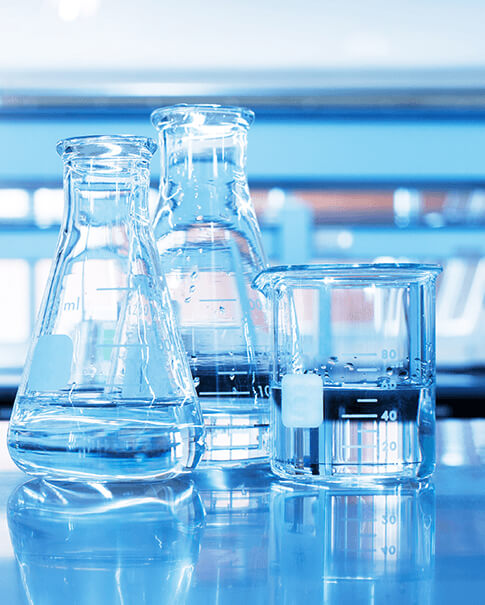What Are You Looking For?

How much polyacrylamide is needed to treat sewage?
Jul 12, 2024The amount of polyacrylamide (PAM) required to treat sewage depends on various factors, including the nature of the sewage the desired treatment objectives, and the specific treatment processes involved. Polyacrylamide is commonly used as a flocculant in sewage treatment plants to aid in the precipitation and removal of suspended solids.
To determine the appropriate dosage of PAM, several parameters need to be considered, such as the characteristics of the sewage (e.g., suspended solids concentration, organic content), the desired level of treatment (e.g., solids removal efficiency), and the effectiveness of the PAM product being used.
Typically, the dosage of PAM is expressed in parts per million (ppm) or milligrams per liter (mg/L) of sewage. Dosage recommendations can vary widely depending on the specific application, but a common range for PAM dosage in sewage treatment is between 1 and 10 ppm.
It's important to note that the dosage requirements may differ for different treatment stages within a sewage treatment plant, such as primary sedimentation, secondary biological treatment, or tertiary filtration. Additionally, the dosage may be adjusted based on the actual performance and results obtained during the treatment process.
To obtain accurate and reliable dosage recommendations for your specific sewage treatment scenario, it is advisable to consult with a qualified wastewater treatment professional or refer to the manufacturer's guidelines for the specific PAM product being used.